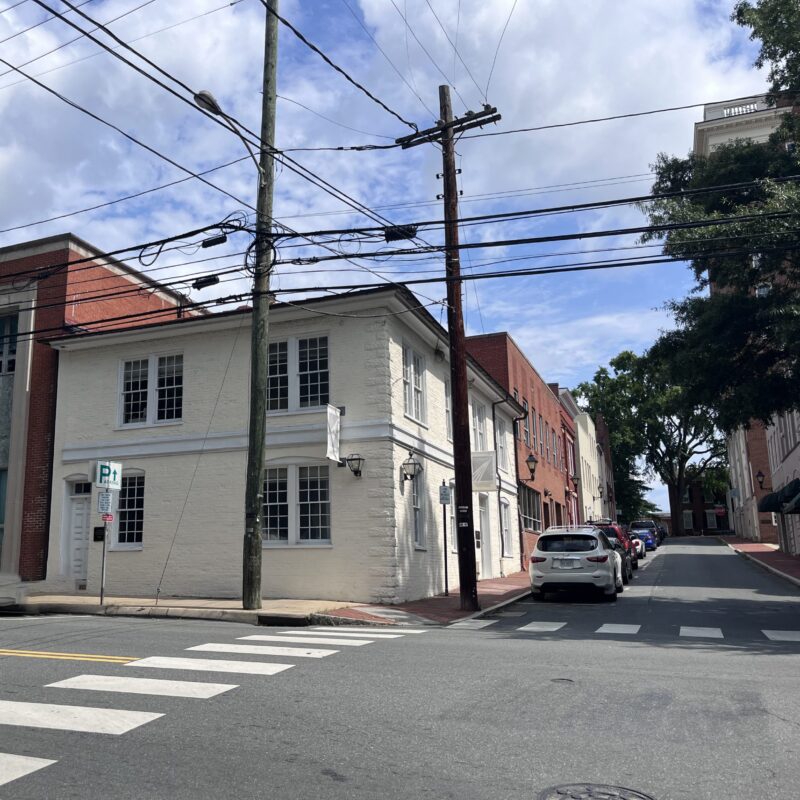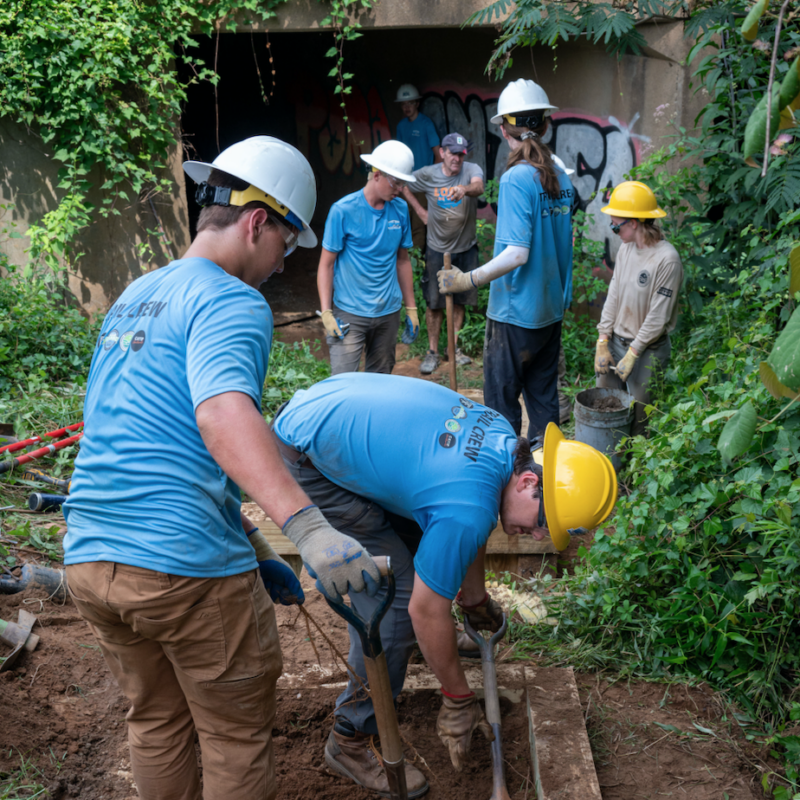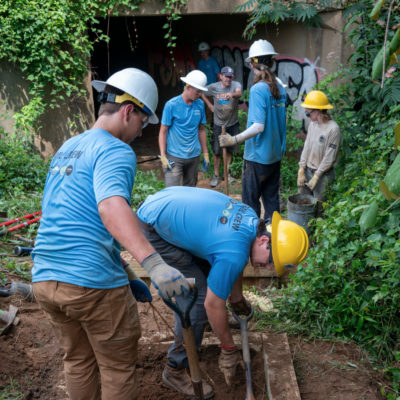In the early 1980s, Virginia Germino’s 12-year-old daughter, unbeknownst to her parents, wrote a letter to the newspaper opposing the Meadowcreek Parkway (MCP). Twenty-five years later, Germino sat in the Albemarle County Office Building, studying the three design options for the 250 Interchange, an integral part to the still-controversial MCP.
In those 25 years, Germino’s opinion of the MCP hasn’t changed.
 And then there were two: The public has until November 13 to offer comments on the final two designs for the 250 Interchange. |
| Previous C-VILLE coverage:
Council makes final step towards MCP Meadowcreek Parkway to-do list in city MCP may have future legal problems Commission approves MCP interchange Parkway interchange design gets support State funding problems affect local roads County approves road priorities |
"Fifty years from now, Charlottesville will look back on this as the worst decision it’s ever made," she says. "Because it’s raping the landscape. Because it’s providing laundry chutes to get people from one end of town to the other side. Because this is a city that’s had vision and imagination and should have been able to see we should have been directing all our education towards getting out of the ‘one person, one car’ mentality and into group transit."
Germino was one of the few members of the public that showed up at the November 1 public hearing for the 250 Interchange. The hearing was a chance for the public to provide comments on the three design options for the interchange. The two preferred alternatives both would be above-grade intersections, meaning that a bridge would be built over McIntire Road for traffic on Route 250. The major difference between the two options—named G-1 and C-1—is a oval-shaped roundabout. C-1 features the roundabout; G-1 is a more traditional diamond-shaped interchange with stoplights.
While the public hearing on November 1 included three design options, only two are feasible. The third option, an at-grade intersection, was killed last month by the Charlottesville City Council when it attached the specification of an above-grade interchange to the easement for the actual roadway through the park. Sound complicated? It is.
The 250 Interchange is a federally funded project. The actual roadway—running through parkland—that would connect the interchange to Melbourne Road is a state-funded project. Because they are funded separately, they are considered independent projects. And because of that, the two projects will undergo different levels of environmental review, something that has raised questions of the MCP’s legality when considered the way potential drivers will experience it—as a single road.
Stratton Salidis walked into the public hearing with a sign taped to his back. It read: "Ask how they plan on evading Federal historic and parkland law by pretending the Meadowcreek Parkway and the 250 Interchange are separate projects now that Council has formally linked them."
"You see that?" asks Salidis—a long-time transportation activist—pointing to a map of the at-grade intersection, the option council has prohibited. "That’s the no-build option. On the no-build, they show the Meadowcreek Parkway as built already. And that is the central fantasy by which they are hoping to evade the historical and parkland protections."
If it seemed like everyone there opposed the Meadowcreek Parkway, it may have been a case of the opposition being more vocal. Other members of the public declined to talk about their opinions as they considered the two designs.
The design options will be presented to City Council at its November 5 meeting. A decision can’t be made on the final design, however, until the public comment period closes on November 13.
C-VILLE welcomes news tips from readers. Send them to news@c-ville.com.





